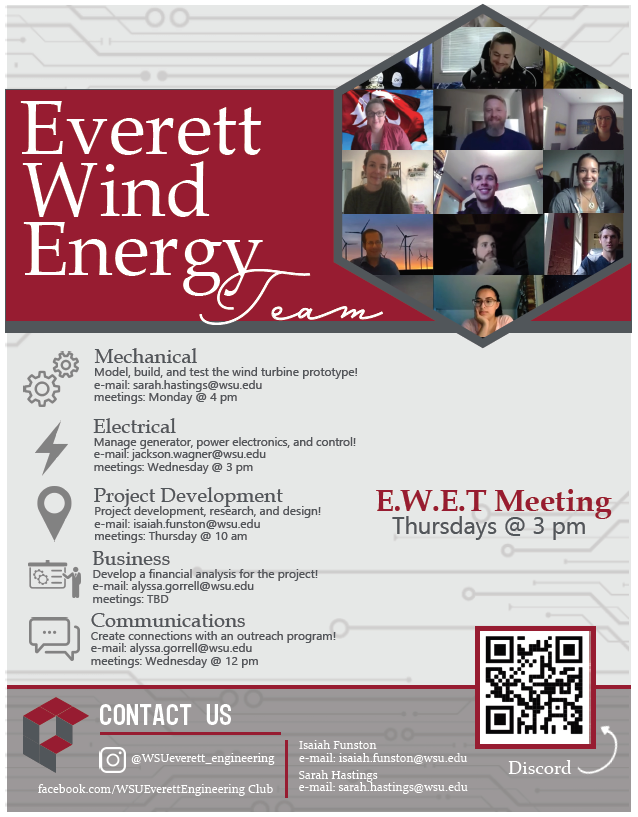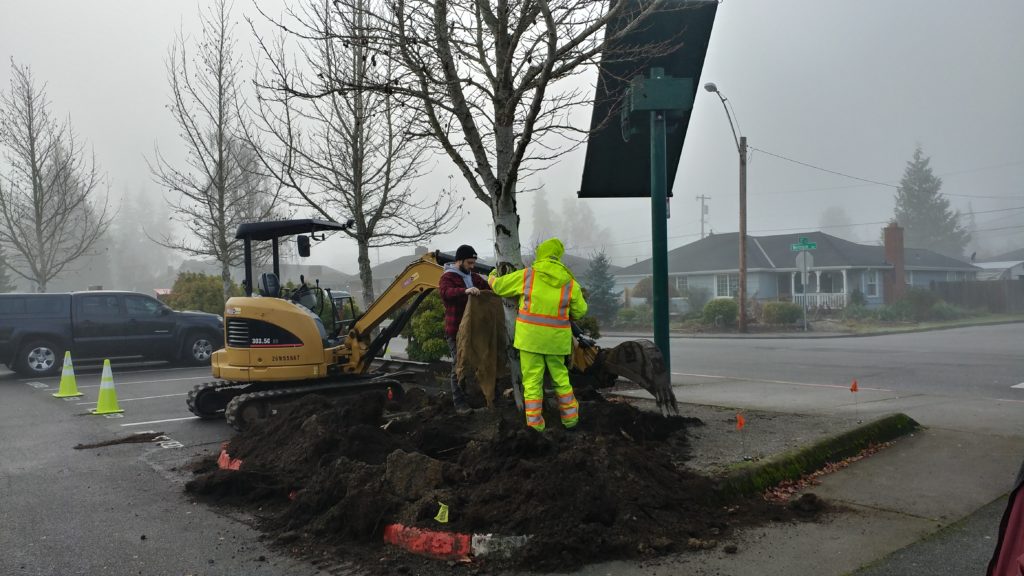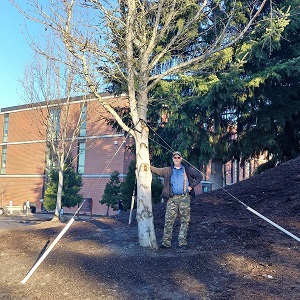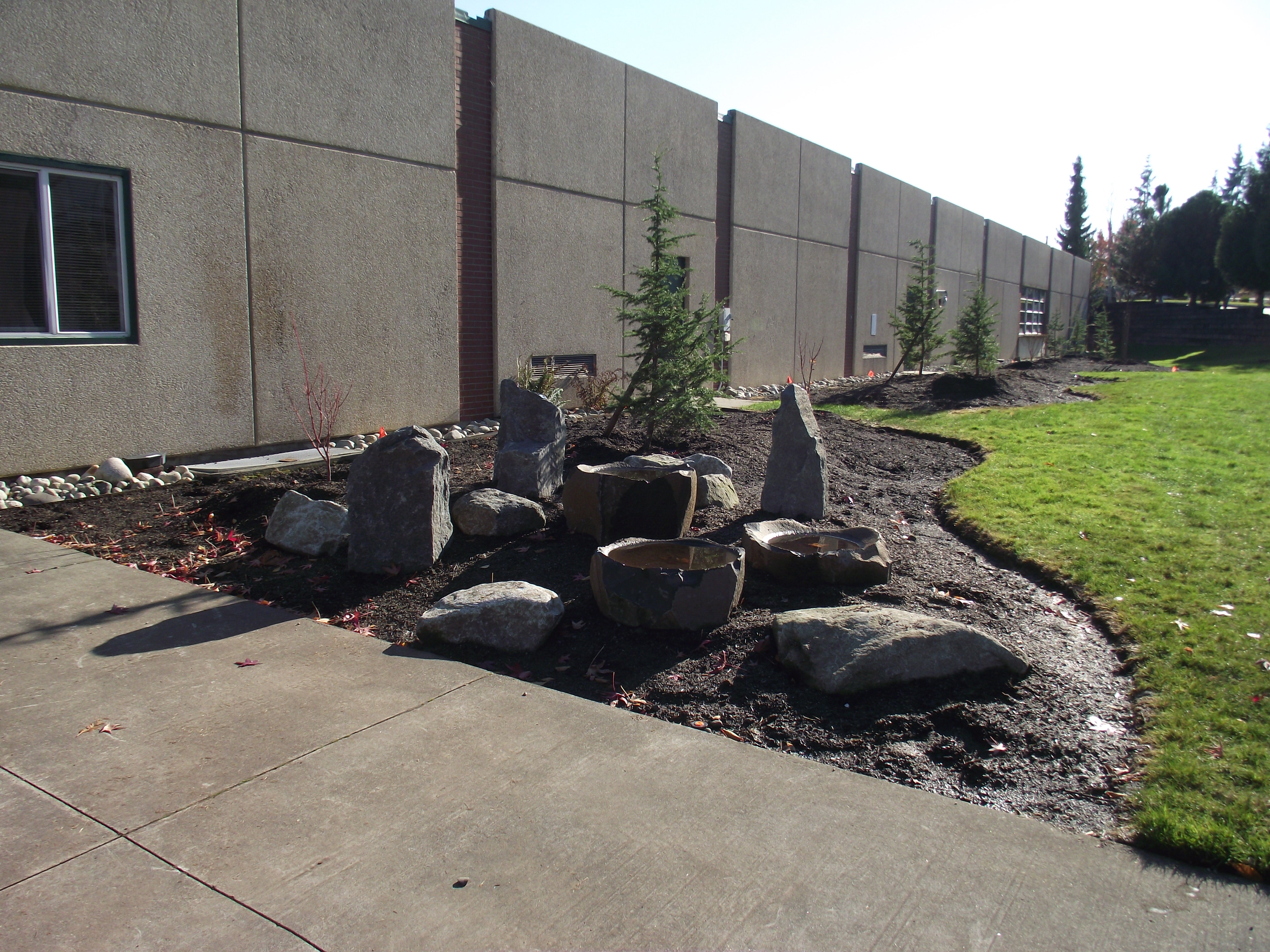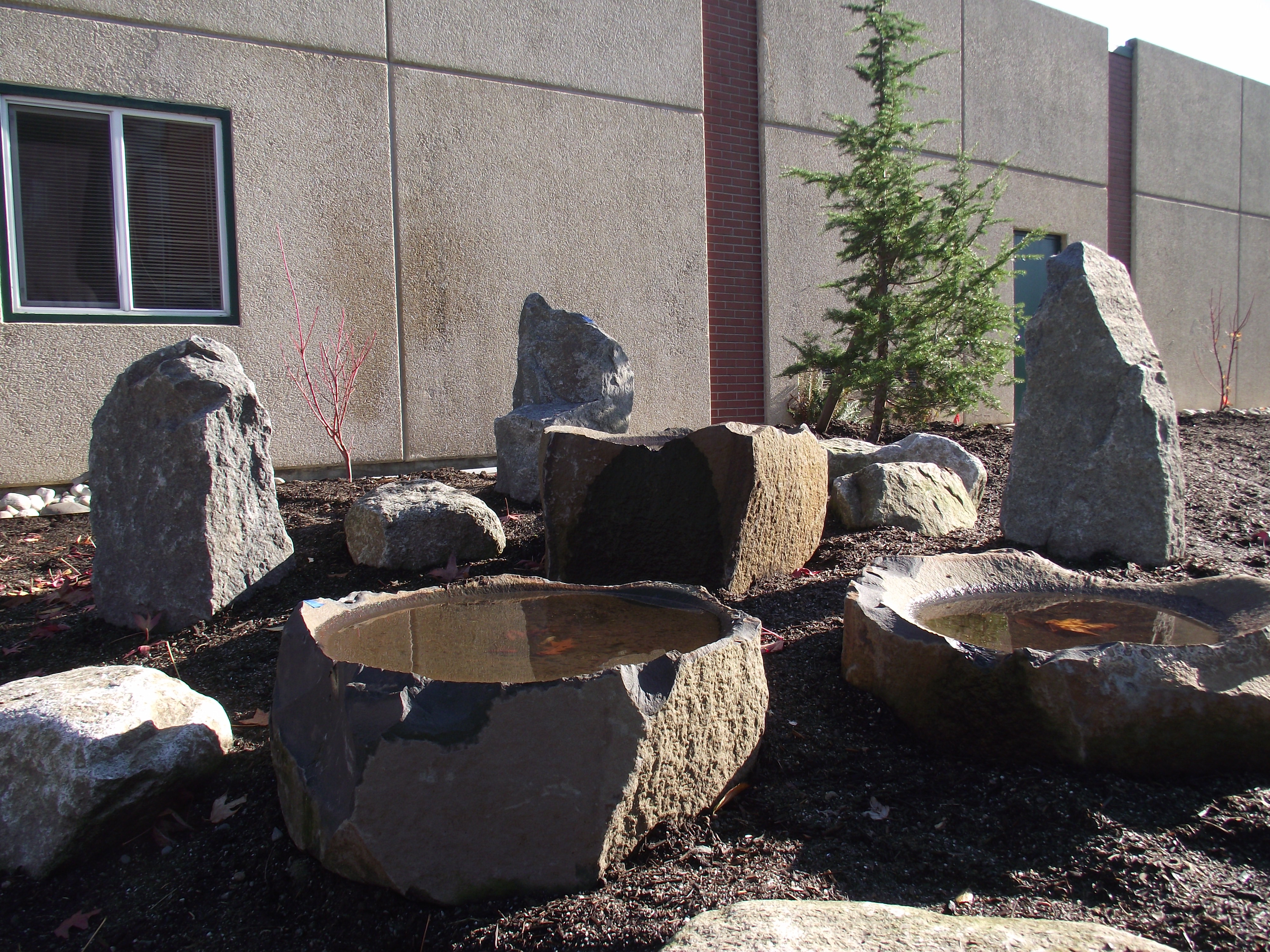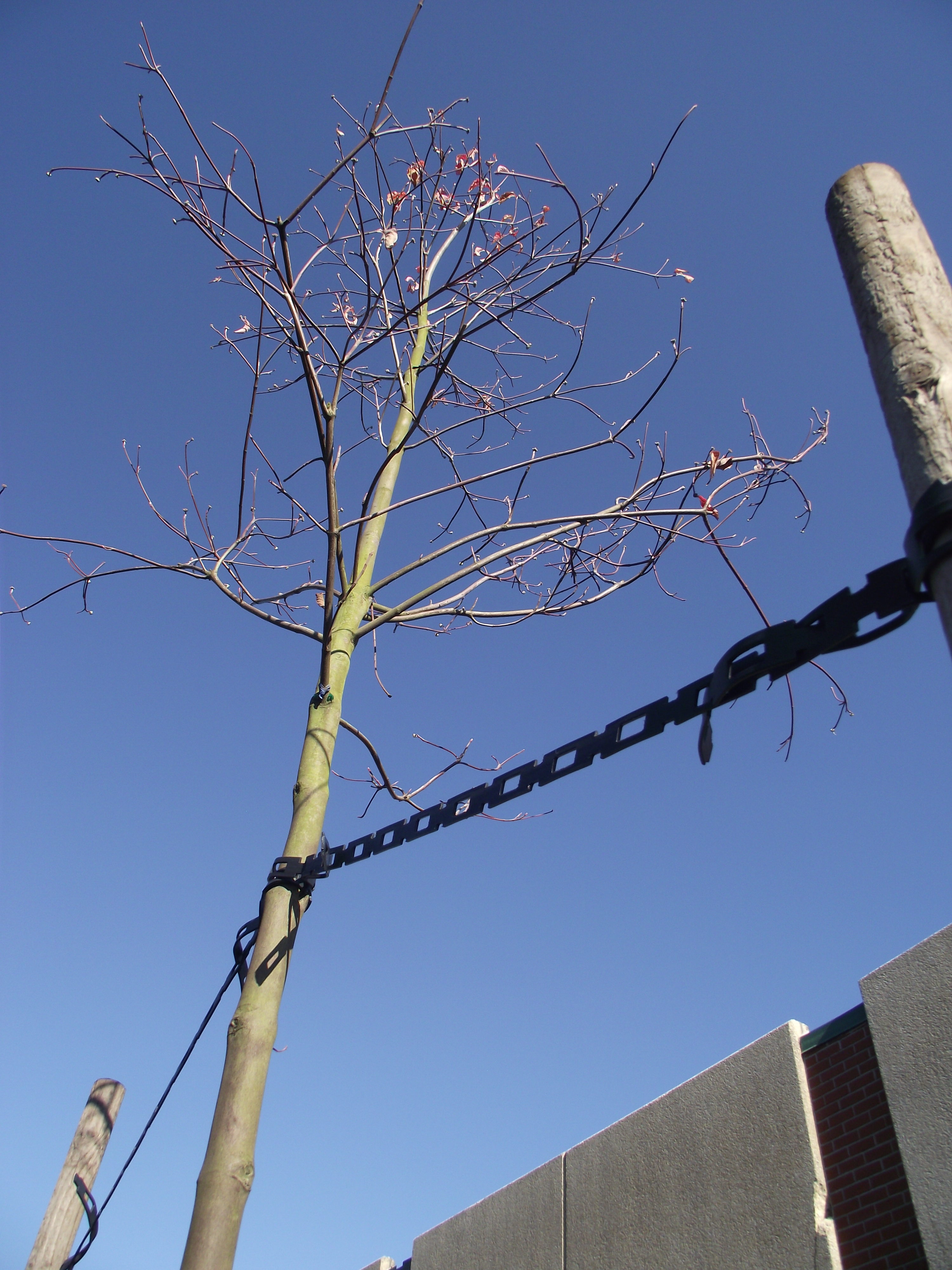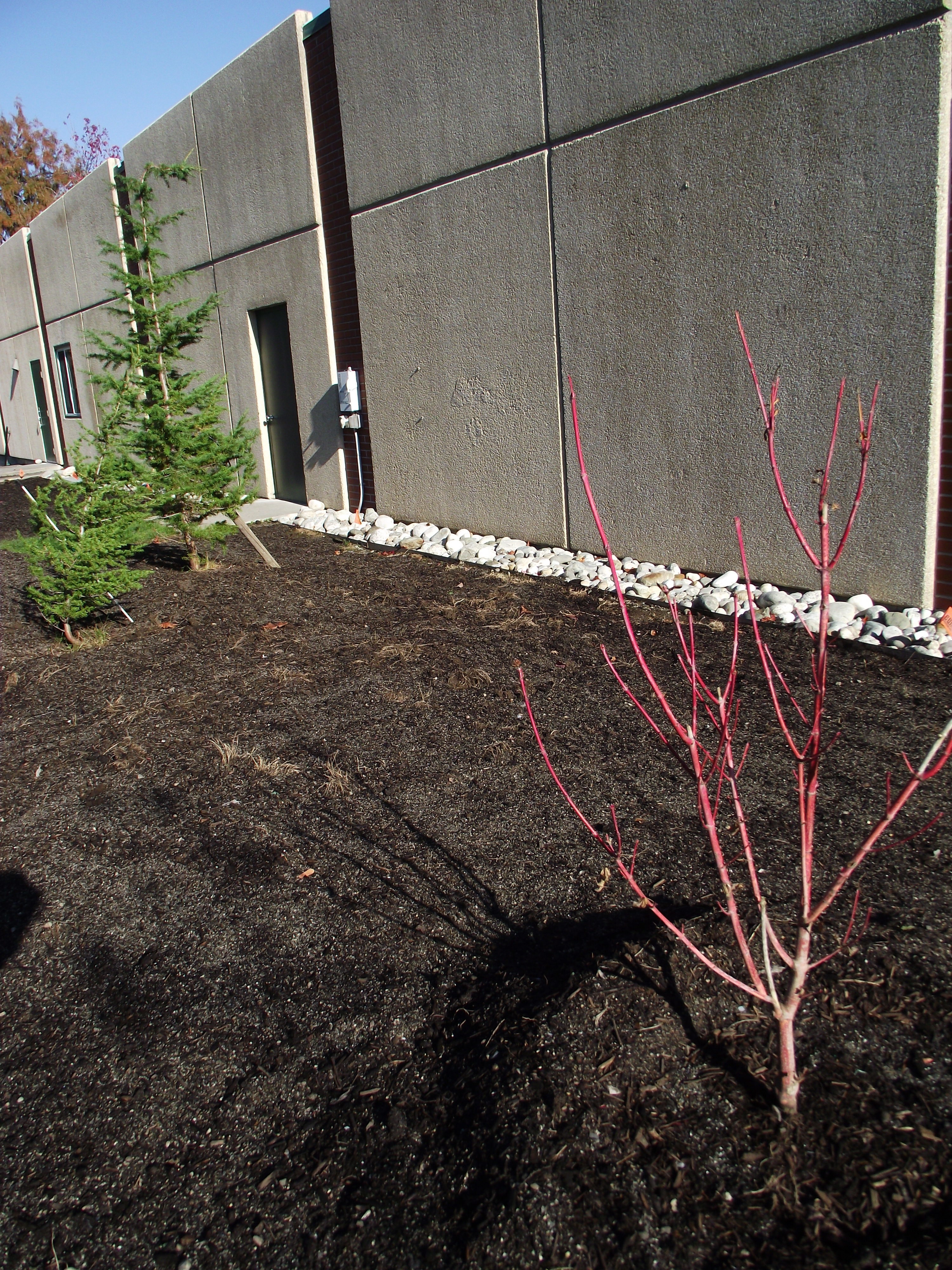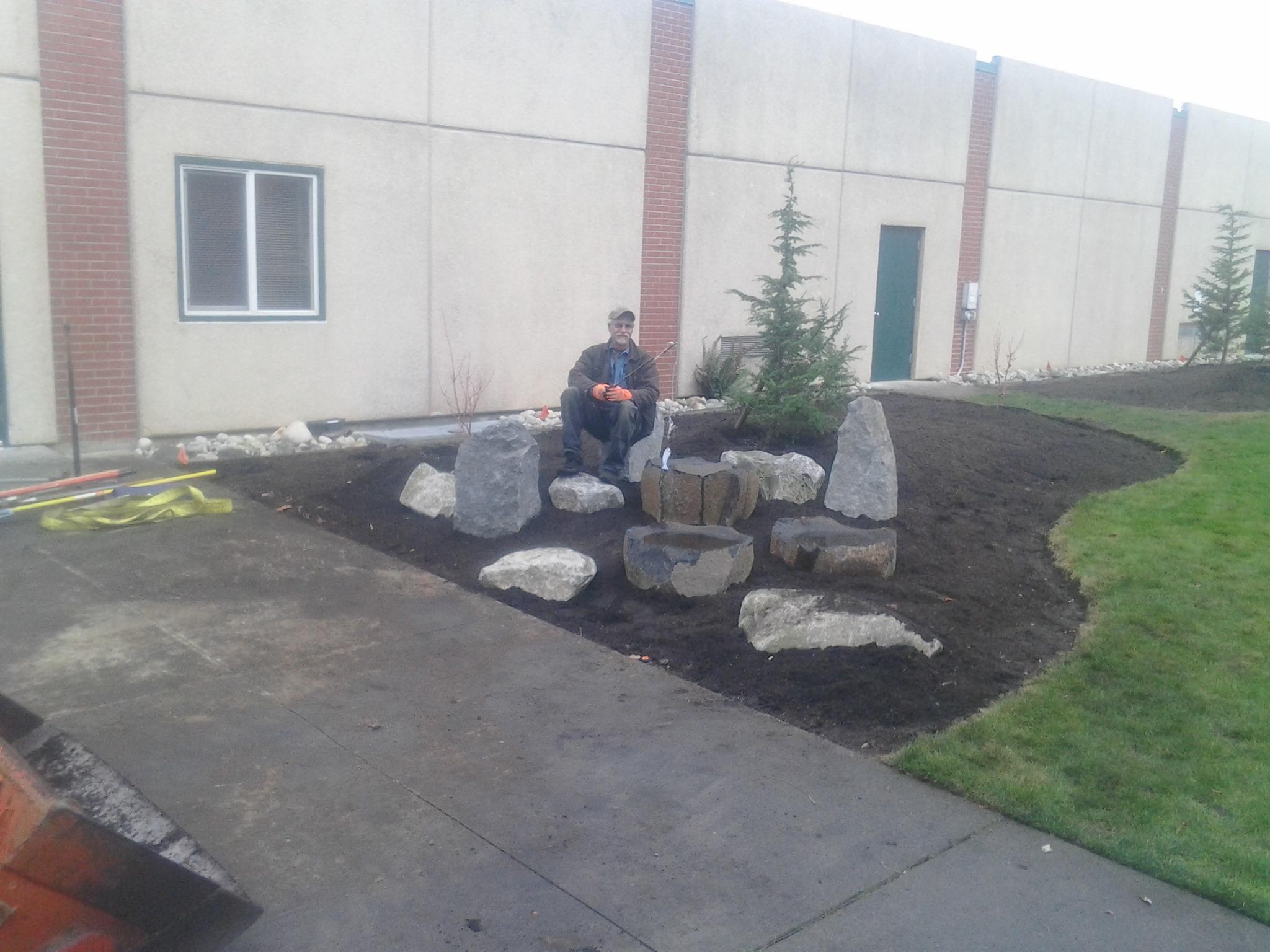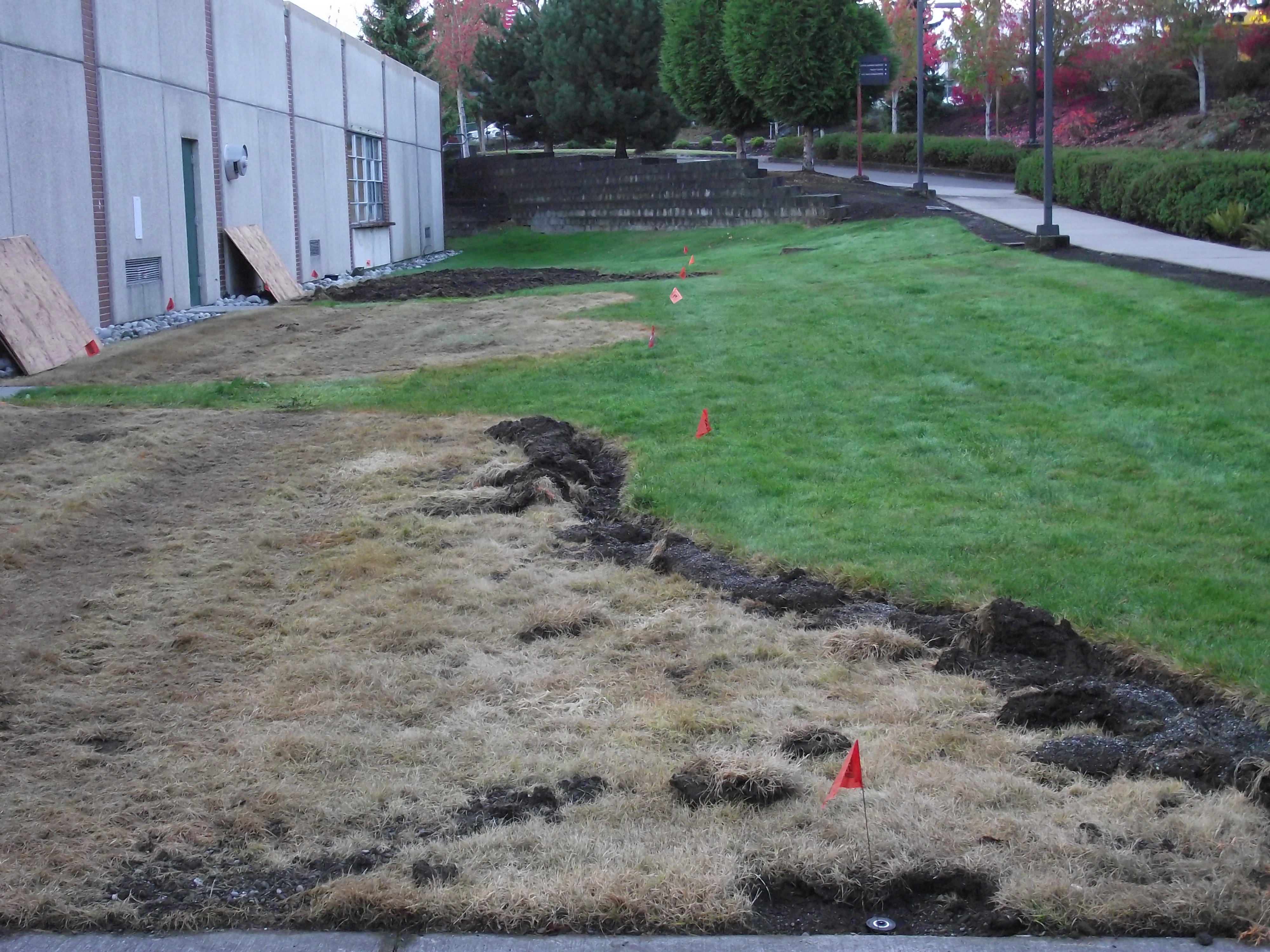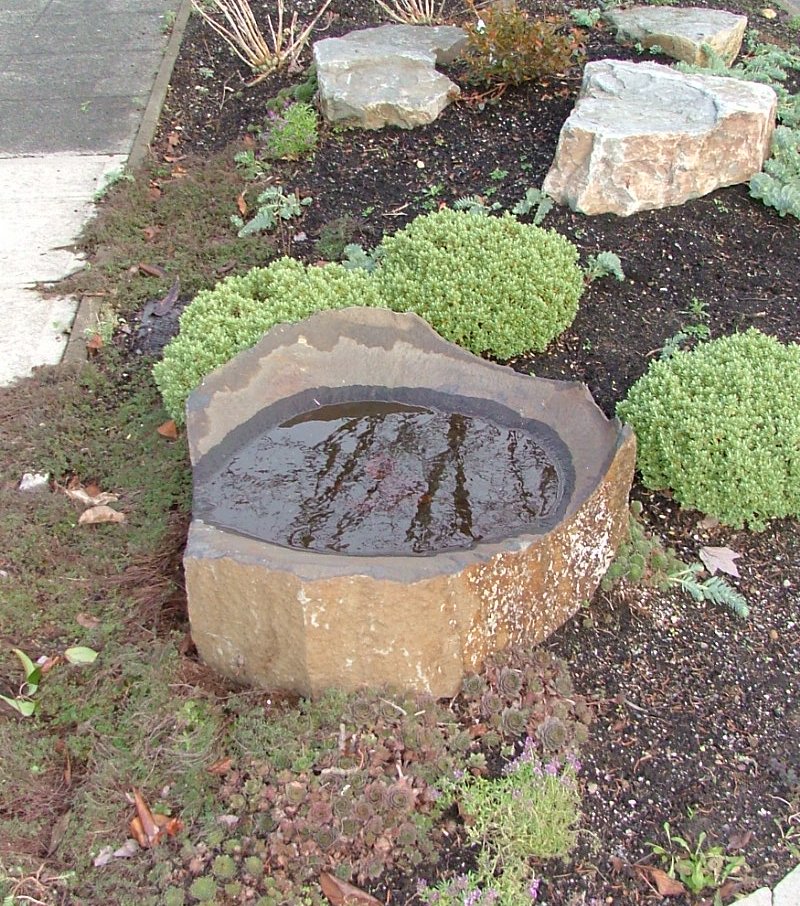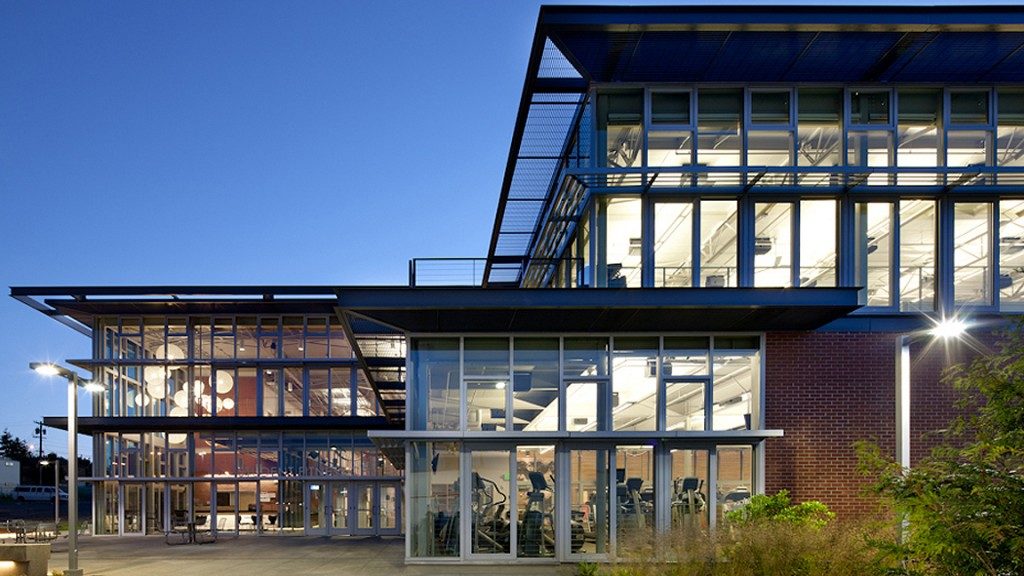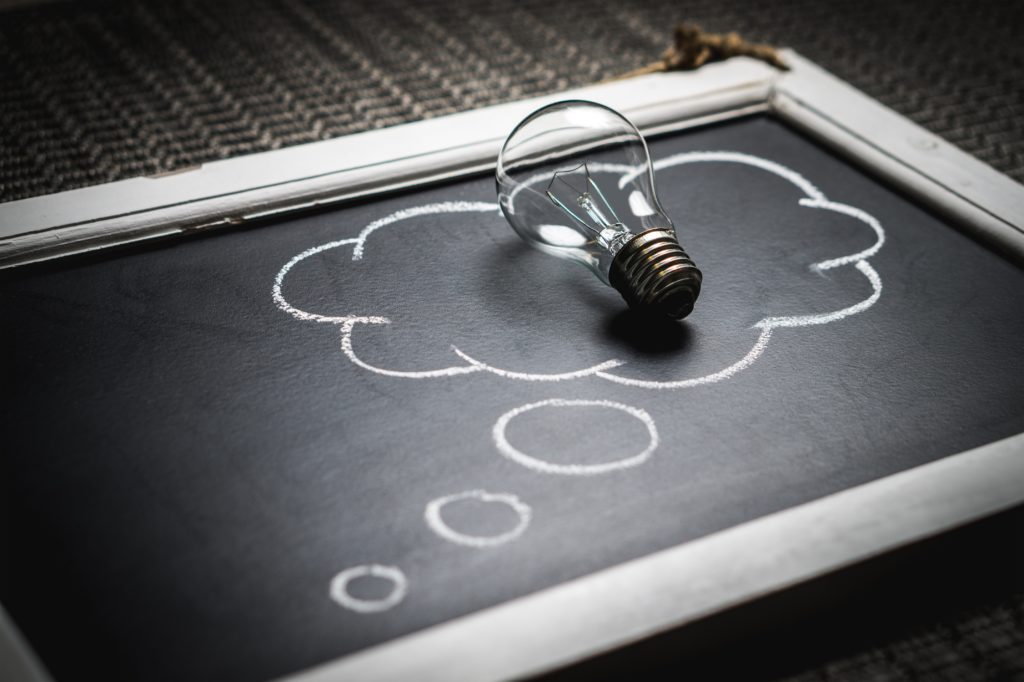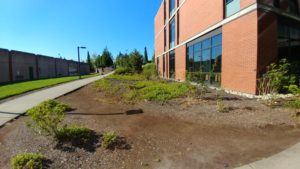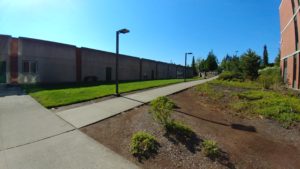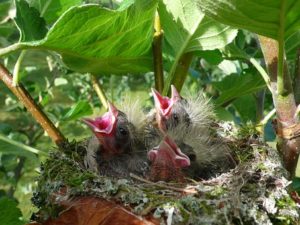
This chart shows the year-to-year comparison of EvCC’s utilities consumption between 2015 and 2017. This chart tracks water, natural gas and electricity usage, as well as trash and recycling output. Lets do a break-down of each type of utility, and what this chart tells us about our usage.
Water
EvCC uses a lot of water. Water is used to irrigate flowerbeds and lawns, heating buildings, and of course, consumed by students and employees. Though there was a slight uptick in water usage between 2015 and 2016, the data for 2017 shows an approximately 30% reduction in water consumption. This is mostly due to a project taken on by Brent Sall from the Ground Crew, in which the valves on our irrigation system were updated in order to install a controller on each valve. This allows us to water our gardens and lawns more efficiently, reducing the amount of water needed.
Natural Gas
Natural gas powers the boilers on campus that provide the heat for all of our buildings. The unit of measurement for natural gas is therms, which is simply just a measurement of heat. It is equivalent to 1.055 × 108 joules. The data shows a steady decline in natural gas usage since 2016, a reduction of approximately 30%. Woo!
Electricity
Our electricity consumption, measured in kilowatt-hours (KWH) experienced a slight decline between 2015 and 2016, but after the opening of two new student housing buildings, our electricity consumption increased by approximately 50%. To address this, EvCC Sustainability plans to coordinate with Student Housing to implement energy savings practices, such as energy challenges for residents to participate in.
Trash and Recycle
Since co-mingled recycling came to campus in 2006, EvCC has managed to recycle the same, if not more, than it sends off to the landfill. During 2015 and 2016, most of EvCC’s solid waste output was recyclable material. But, once again, with the opening of Student Housing, the scales have tipped toward more landfill destined waste than recyclables. This may be due to a lack of education and outreach efforts to ensure our residents understand proper recycling practices. Just as EvCC Sustainability plans to address electricity consumption by working with Student Housing, we intend to work with them on reducing the amount of improperly disposed material as well.
The Takeaway
Sustainability is not a one-and-done project that can be left alone. It’s a continuous process of learning and collaborating to find innovative solutions that will further reduce our impact on the environment. And, we can’t do it alone! If you or your department is interested in finding ways to advance our sustainability mission, contact us at sustainability@everettcc.edu.
